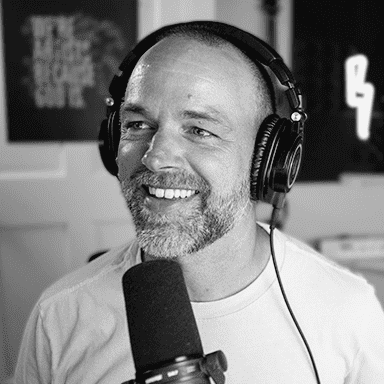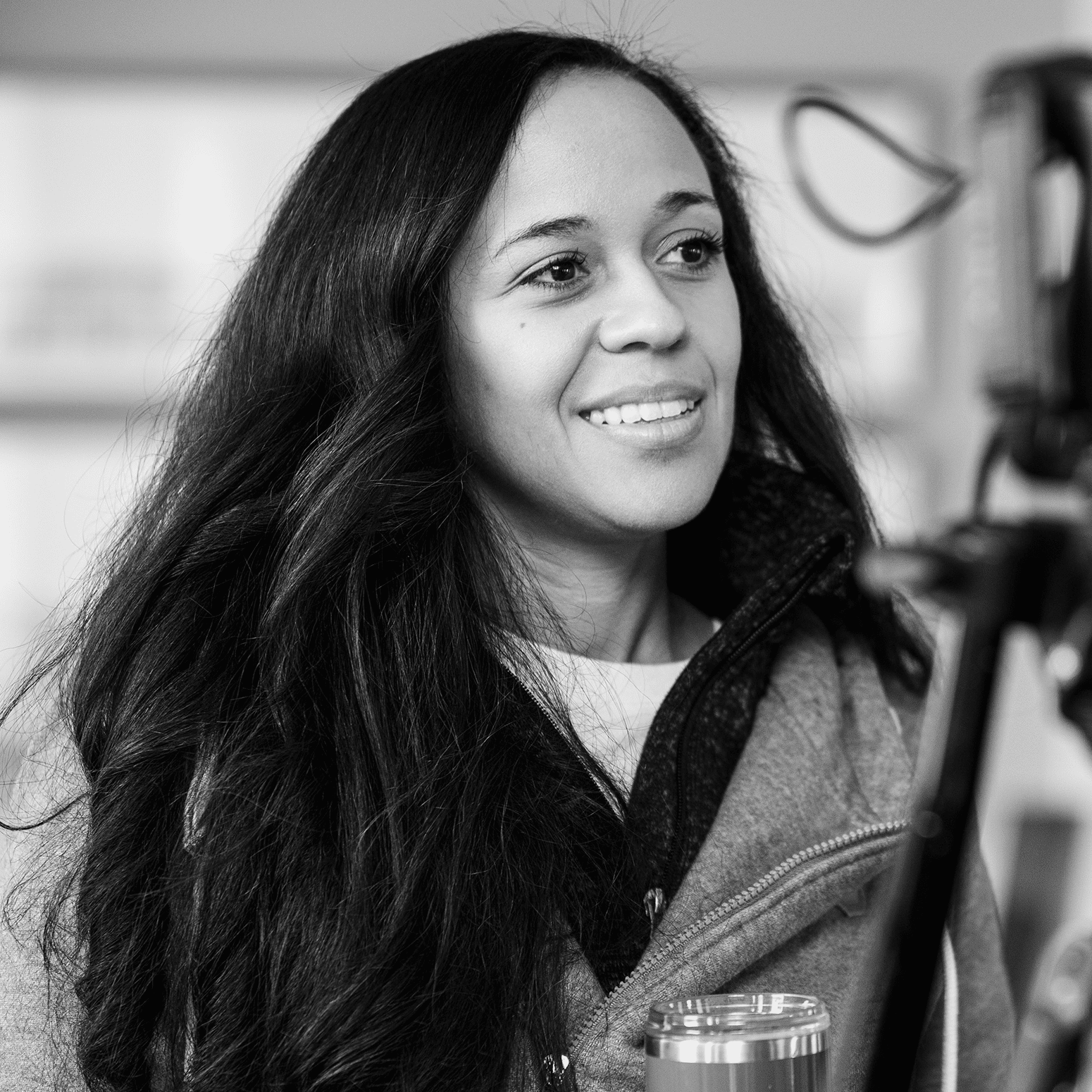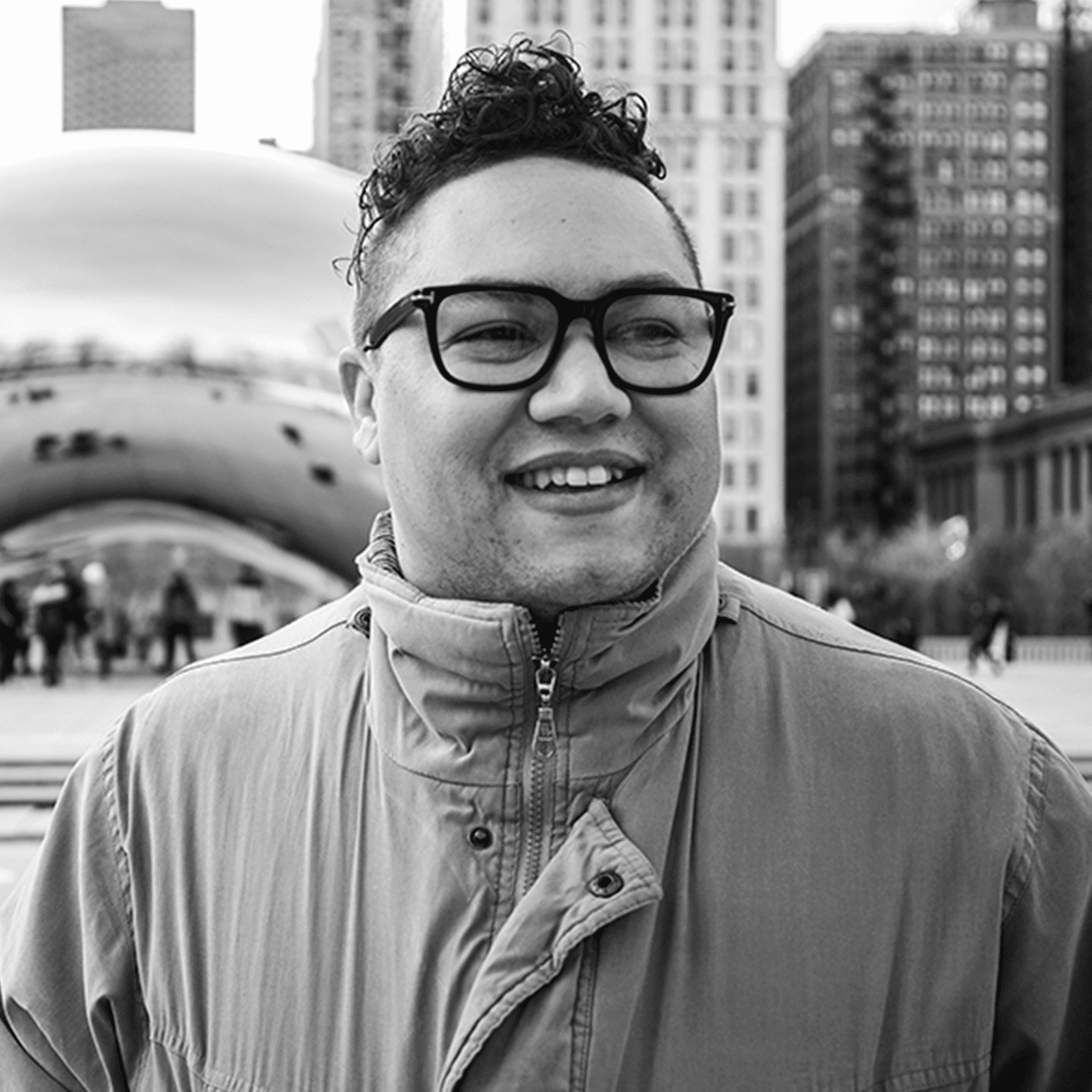Posts Tagged ‘MAX Stories’
Life, faith unpacked on the Camino
Fr. Eduardo Rivera is the Campus Chaplain for the University of St. Thomas – Houston (UST). When he agreed to go on the study abroad trip to walk the Camino de Santiago, he knew he would be accompanying a few students and professors, but he didn’t know how the experience would become a metaphor for life – with opportunities for spiritual growth, building community, and finding humor during tough moments.
Before walking the Camino, Fr. Eduardo thought about what to bring and what to leave behind – physically and spiritually. He encouraged all the UST pilgrims to reflect on the baggage they would carry with them because 14+ miles per day is a long way to walk when you’re carrying everything with you, and it’s a long time to be alone with your thoughts and prayers. By the end of the 80-mile trek, Fr. Eduardo and his fellow pilgrims had found new lessons to take home.
In this episode, Fr. Eduardo shares his own experiences as a pilgrim on the Camino and his unique position as the chaplain to see the growth among the other members of the UST group.
Fr. Eduardo’s story about prayer and discernment.
Dalia’s Episode about finding support and encouragement on the Camino.
How time away changed my perspective
This is Dalia Sifuentes, a nursing student at University of St. Thomas – Houston. After months of a packed schedule, she wanted to take some time away so she could focus on her relationship with Christ and others, so she signed up to walk the Camino de Santiago. She couldn’t believe what she came away with and how it will affect her life moving forward.
Dalia is a busy person. Her classes and clinical schedule for nursing school are demanding. On top of that, she is involved in clubs and activities that fill even more of her time. With all she had to do, she found herself never leaving time to focus on what really mattered. So when she had the chance to get away on a study abroad trip to the Camino, she knew it was the perfect chance to reset.
Dalia wanted to use the trip to focus on her relationship with Christ. She knew she would have plenty of opportunities during the long pilgrimage walks to reflect and pray. What she wasn’t expecting was how her interactions with other pilgrims - from UST and around the world - would help her know herself in an even deeper way. Without tasks to complete or the pattern of busyness and stress, she had to face what was at the core of poor relationships and learn to love herself and others more profoundly when she came home.
The Beauty of the Journey
This is Dr. Trisha Ruiz. She is the Senior Director of Veteran Services at the University of St. Thomas – Houston. In this episode of MAX Stories, she shares how walking the Camino de Santiago forced her to be aware of the beauty of the journey, even when - or maybe especially when - there’s a little pain along the way.
Trisha is a planner. But when she decided to walk the Camino, she just wanted to experience what was to come without doing her usual research and meticulous scheduling. She didn’t know exactly what to expect, so she turned to silent prayer during the hours and days with plenty of time in solitude. The physical and emotional suffering was a lot. Halfway through the trip, it nearly broke her. She leaned on her experience as a veteran and a yoga instructor to help her embrace the pain instead of trying to escape. She knew that living in the moment each step of the Camino was the best way to get to the end.
When the walk was over, she realized the experience had strengthened her. She even thought that the beauty of the journey was more important than the destination.
Hear more on our challenge to make time for silence.
From Cancer to Camino
This is Dr. Jo Meier-Marquis, Tenured Associate Professor of Psychology at the University of St. Thomas-Houston (UST). A cancer diagnosis nearly prevented her from joining the UST pilgrimage to walk “The Camino.” But by spring of 2024, she had finished her treatment and got the okay from her doctors. Going from cancer to the Camino hadn’t been her original plan, but her passion for study abroad helped her overcome her nagging reservations.
If you watched our previous episode in this series, you know the Camino is not a regular hike. Pilgrims walk up to 14 miles a day, so Jo was understandably nervous about the physical demands after her cancer treatments. But she found support in her fellow UST pilgrims, shared conversations and reflections, and the daily Masses. She also found that the time for peace and reflection on the long walks was renewing for her spirit.
The Camino is a challenge for every pilgrim, and Jo had to face her own unique obstacles both mentally and physically. She chose to face her reservations and anxieties, and she found a reward in the peace and calm of her walks in Spain and since she’s come home to America.
What is it like to walk the Camino?
This is Dr. Ulyses Balderas. He is an Associate Professor at the Center for International Studies at the University of St. Thomas – Houston. He's also expert in creating amazing study abroad experiences for students to learn in other cultures. In late spring 2024, he led a group of students to walk the Camino pilgrimage.
The Camino de Santiago - or the Way of St. James - or simply The Camino is not your ordinary hike. It involves walking about 15 miles each day, contemplating the steps of St. James on your way to his burial site in Spain - a pilgrimage that’s been popular since the Middle Ages. Now, it is a network of routes across Europe which meet at the tomb of St. James in Santiago de Compostela. Beyond the physical exertion it takes for the pilgrimage, spiritual fruits await for those willing to walk the walk.
Explaining the reason behind the trip, Dr. Balderas stresses the importance of stepping away from life’s routines and reflecting upon where you're headed. He shares stories from the trip about how the group embraced the challenges that came with such an intense physical journey. He also talked about how they learned from each other - adults and students alike - as they went.
Anger, Venting, and Prayer
This is Edgardo Giron. He is a Chemical Engineering major at the University of St. Thomas – Houston. When he was in middle school, his world was turned upside down when his father was deported. Edgardo was angry at God. And it was perfectly understandable. His family was broken, and he felt devastated. His story shows us how sometimes anger and prayer go together.
The next years for Edgardo challenged his faith and he held himself back from living his faith in many ways, but it also gave him a path to find a way back. He stayed in communication with God throughout the trials of his life, even when all he had to share in his prayer was anger.
Eventually, a community of faith that he didn’t even know was there helped Edgardo re-connect with his faith. Seeing how other people faced their challenges helped him come to terms with his own. He saw the happiness of the people in that faith community and realized he wanted it for himself. And he leaned on that habit of communicating with God formed in the hardest times of his life to build a new routine of prayer because he already knew that God would be there no matter what he was feeling.
Check out Fr. Eduardo’s episode of MAX Stories.
Prayer isn’t “one-size-fits-all”
This is Fr. Eduardo Rivera. He is the Campus Chaplain at the University of St. Thomas in Houston. His experiences learning to pray at home and growing through discerning the priesthood taught him what prayer is all about.
Becoming a priest is intense. In Fr. Eduardo’s experience, prayer was his life line when discernment and adjustment to religious life felt overwhelming and lonely.
And that intensity wasn't all bad. He realized that when he stepped away from the distractions of the world to focus on prayer, he found his prayer unique style. But it wasn’t immediate... it took practice.
He realized that quiet time with just him and God was the most effective way for him to pray. His routine for meditation might not be your preferred method of prayer, but who knows, maybe it is exactly what you have been needing.
Thinking about the various ways to pray, check this out for 10 new ways to pray.
Check out the Catholic daily readings from Scripture.
Betrayal and Silence
After a devastating athletic injury, Kamryn felt betrayed by God. In the silence of her prayer through betrayal, while resting in her desolation, she found hope as God spoke to her.
This is Kamryn Spell. She is a student and athlete at the University of St. Thomas – Houston. Find out what “word” came to her in prayer and how it led her to trust in God's plan for her life - even if it meant going to school.
Prayer in war and tragedy
Chris knows adversity ... and strength. He has seen people tragically bottom out while witnessing others live with courage. All these experiences have shaped him, and through prayer in tragedy and war, he has realized what’s most important.
This is Christopher Zeglin. He is the Associate Vice President of Marketing at University of St. Thomas-Houston. A United States Navy Veteran, Christopher talks about his time working in anti-terrorism, the tragic loss of his mother and brother, and the one thing that remained constant. Hear his story of heartbreak, strength, and perseverance.
If Catholics could do this, it would be fire power
Danielle sees a shaking in the world today. While people say that all the time, she sees the Christian community, as a whole, reaching an undeniable tipping point. The divide between Protestants and Catholics is getting smaller and smaller, and she wants Catholics to get ready for a new level of Christian unity.
This is Danielle Brown. She is the Director of the United States Conference of Catholic Bishops Ad Hoc Committee Against Racism. She draws a parallel between Protestant powerhouse Francis Chan’s intrigue with communion and the Catholic Church undergoing a three-year National Eucharistic Revival. She calls this a “John 17 type work” that calls Christians to be one in Christ. Hear her view on the next phase of Christian unity. Learn more about Danielle:
Danielle Brown - The GIVEN Institute



